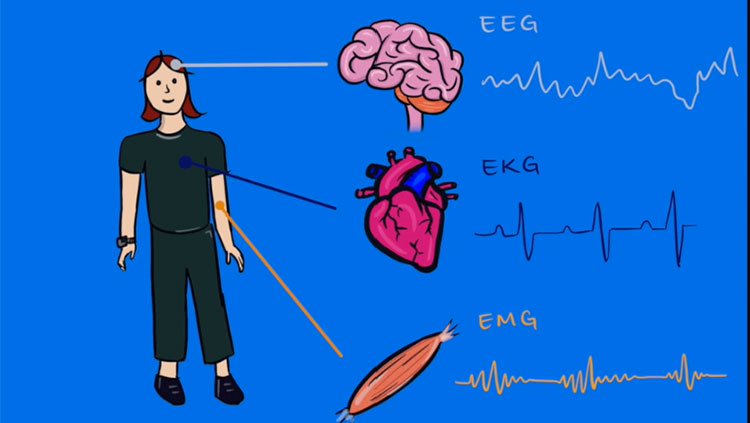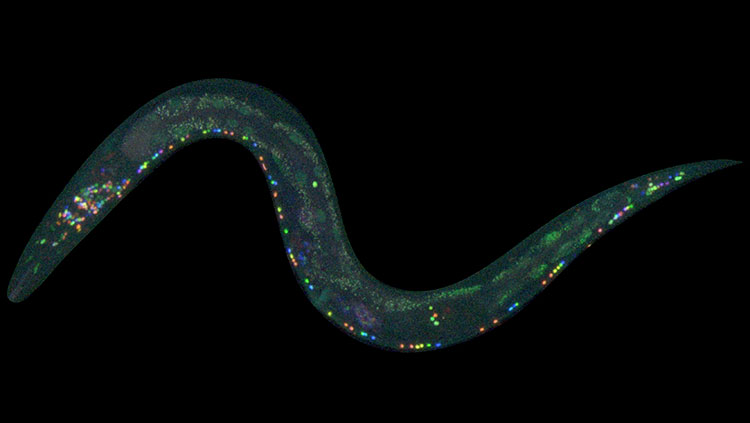Nano-Drugs Take Aim at Brain Cells
- Published7 Sep 2018
- Reviewed7 Sep 2018
- Author
- Source BrainFacts/SfN

After dissolving into your bloodstream, many medicines get where they need to be by seeping into cells. Neurons and other elements of the nervous system make for tough targets, however, thanks to the brain’s impregnable defense — the blood-brain barrier. Normal blood vessels have sizable gaps in their walls that let big molecules through. But blood vessels passing through the brain feature much tighter construction — a challenge for delivering potentially lifesaving drugs.
To break through, researchers have recently grown interested in tiny cylinders of carbon called carbon nanotubes. Measuring just a few dozen billionths of a meter across, the minute capsules (seen here in green) can slip through blood vessel walls and into target cells such as astrocytes (colored brown) with little risk of damage. Researchers hope nanotubes filled with medicine will someday play a role in brain cancer and Alzheimer’s disease treatments.
CONTENT PROVIDED BY
BrainFacts/SfN

















